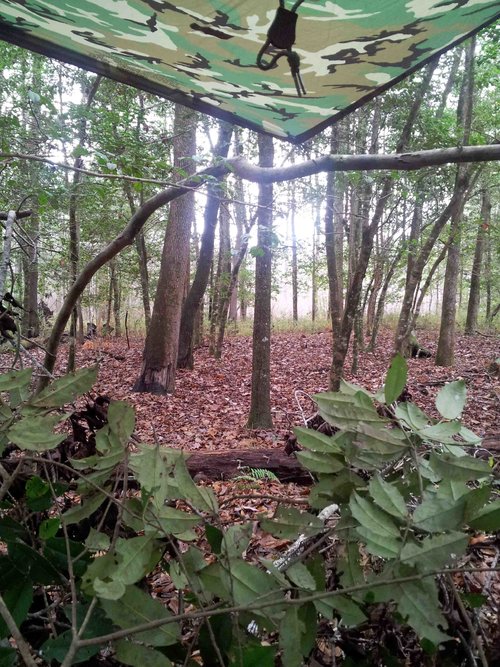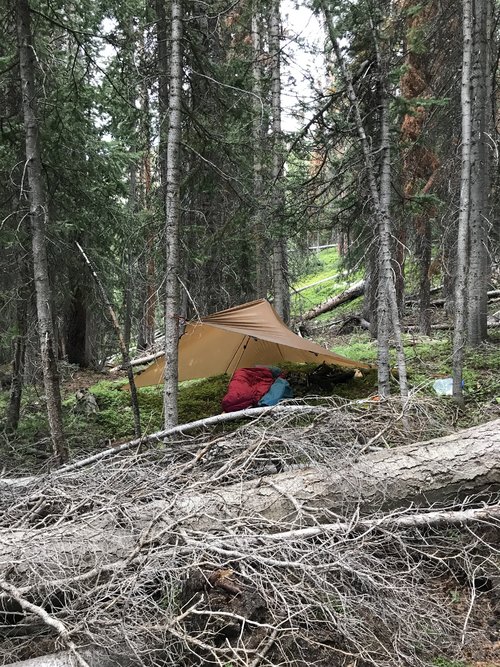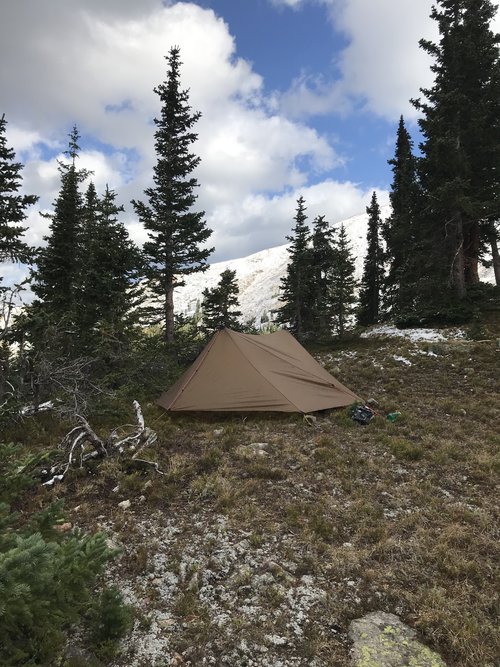TexAg09
Active member
Howdy everyone! Tarps have been starting to peak my interest, and while I've got a great giant silver tarp from walmart just sitting in my shed I'm thinking that's probably not the kind of tarp most of you use in the backcountry haha! However, there seems to be more to a light weight tarp than I expected. Can someone please give me a run down on what is important to look for in a light weight tarp for the backcountry? What size do you use and why? I would be using my for backpack hunting. I'm not sure if I would use it as a shelter or not, but they seem very versatile and useful. Any recommendations on reasonably priced option or brand? Thank you!







